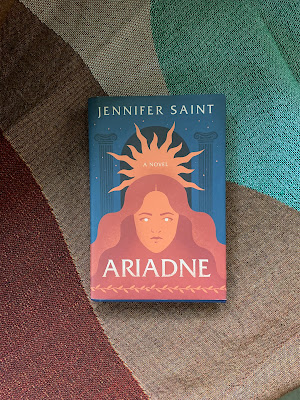High Society
 |
| source |
I will admit: I am not all that fond of graphic novels. I can count on the finger(s) of one hand the graphic novels I've ever succeeded reading (i.e., Watchmen by Alan Moore, illustrated by Dave Gibbons), and my attempt to read the Sandman series by my favorite writer (yes he is!) Neil Gaiman has been an utter failure. I just couldn't get the hang of reading the text, looking at the illustrations, AND putting together the story all at the same time. You know? I mean, I read, and I have no problems with picture books, but having them meshed together in full-page spreads with the texts encased in balloons over or below the characters' faces? Ah, I have a hard time with that. Of course, there were the local komiks (read: Aliwan, Hiwaga, etc.) during my time, but that's a different thing.
So I had mixed feelings as I was about to read High Society, written by panero Paolo Chikiamco and illustrated by Hannah Buena. I won the Kindle edition of the novel at a giveaway hosted by Tina, and I've been waiting for inspiration all this time to read it. So when it struck, I decided to plunge in, mixed feelings or no. I figured it was high time, as well, that I
High Society is set in the 1800s, during the Spanish occupation of the Philippine islands. It opens with the Carpenter requiring more "raw materials" from Rita, a vixen of a woman who would appear to be the main protagonist and narrator of the story. In search of these "raw materials", Rita had to seduce an important Spaniard, and as the story unfolds, the reader will be introduced to local folklore - but with a twist.
It was a very quick read: it took me just a few minutes to go through the text and illustrations, but those few minutes were quite enjoyable for me (despite the minor difficulty entailed by reading very small text from an e-reader). I found the story engrossing, interesting, and very original. What a unique concept, taking Philippine folklore and intertwining it with Philippine history and, finally, giving it all that very awesome twist. I recognized the scary manananggal and the "strict" nuno sa punso, and was transported to grade school reading about the indios and alferezes of the Spanish times. In fact, I liked it so much, I felt disappointed when I realized that I was at the end of the story.
So, I am looking forward to more similar stories and work from these creative minds. I already have a copy of Alternative Alamat, edited by Paolo, as well, waiting to be opened on my Kindle (thank you Tina!), and I can't wait to get to it. Nothing like reading about local stories, myths and lore that we've grown up hearing about from our elders, but reinvented this time.
Not bad, either, for this non-graphic novel reader, yes?
Rating: 4 out of 5 stars


Comments